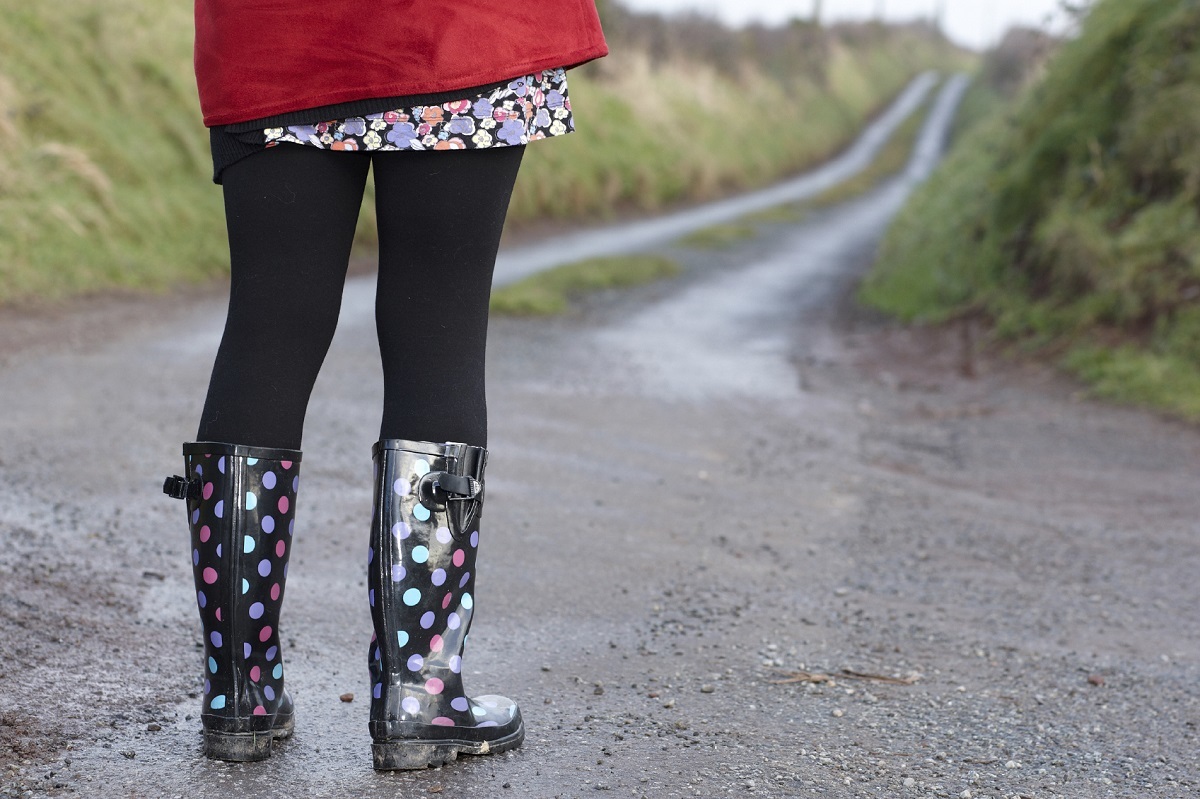
Statistics lecturer James Hind has created a formula for tights. Yep, that’s right, tights.
A lecturer who spent months playing Robin Hood has developed a formula to work out the appropriate thickness of tights for any weather.
James Hind, who teaches statistics at Nottingham Trent University, was asked to make an equation using windspeed and temperature to determine the correct denier of tights to pop on in the morning.
The so-called stocking forecast was commissioned by BBC Radio Nottingham and will form part of its breakfast show’s weather bulletins.
Mr Hind said tights trouble while playing the famous outlaw at the former attraction the Tales of Robin Hood 15 years ago urged him on.
The 39-year-old statistician said: “I’ve got it wrong on a number of times – sweaty legs when my tights were too thick or freezing knees when they weren’t.
“I was asked to create this formula as I know the value of wearing the right tights and now work in statistics.
“It will work right across the UK – ranging from no tights because it’s far too warm through to freezing temperatures where you’ll need to wear trousers.”
The formula uses a sigmoid function to create an S shape graph which is then used to calculate the perfect denier of tights needed.
Mr Hind said: “The sigmoid function is perfect because it means there is little change at the extremes where it’s too hot or cold for tights, but lots of change in the middle where you can get it right or wrong.
“It took a while to perfect but it’s turned out really well.”

Enjoy the convenience of having The Sunday Post delivered as a digital ePaper straight to your smartphone, tablet or computer.
Subscribe for only £5.49 a month and enjoy all the benefits of the printed paper as a digital replica.
Subscribe